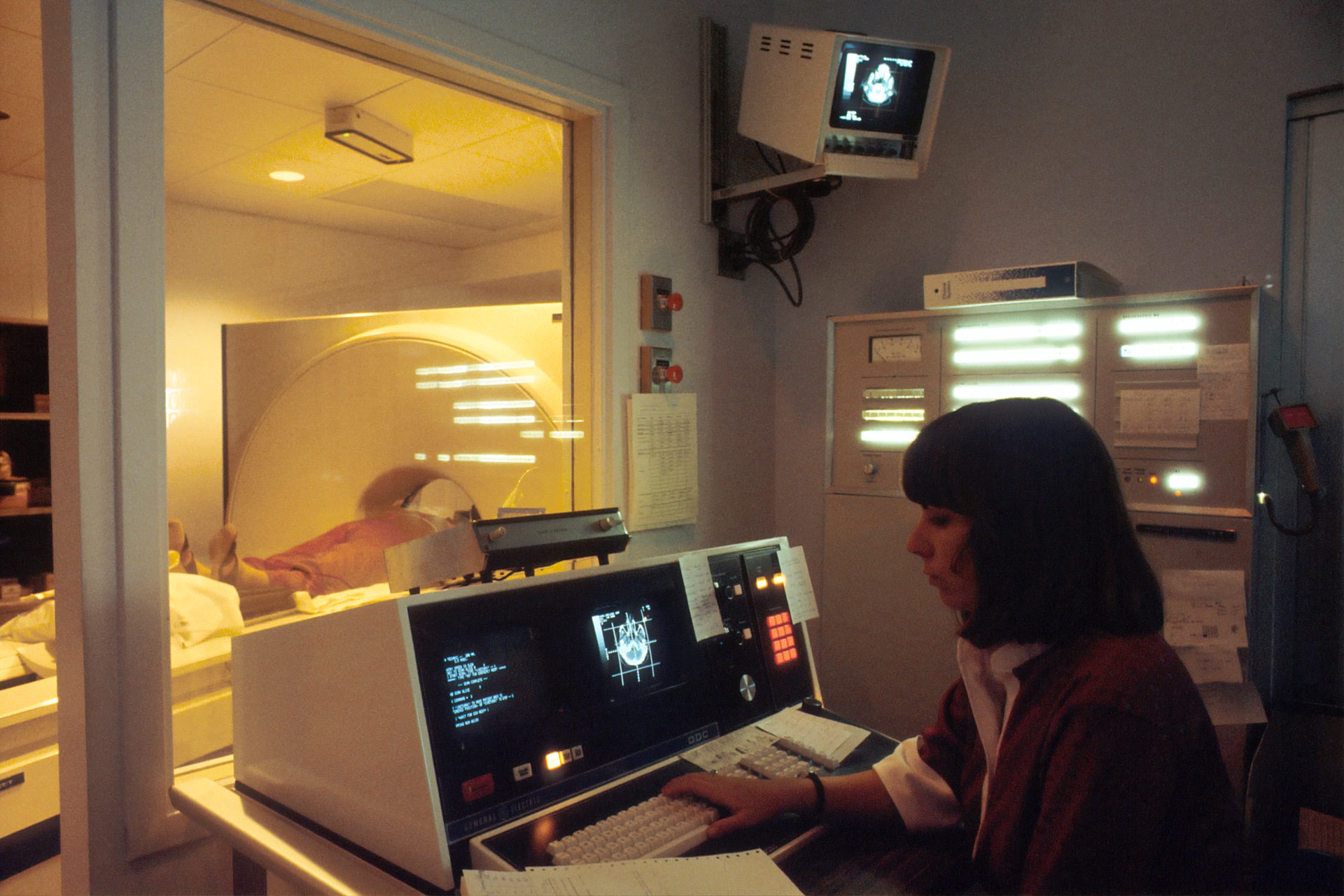Report On Business® Roundup: May Hospital PMI™

As the coronavirus (COVID-19) pandemic’s grip loosens in the U.S. — with seven-day averages of cases and deaths at their lowest levels since March 2020 — much of the economic discussion has been on how many miles remain until conditions return to normal, and if supply chains can shorten that trip.
That dynamic was a focus of the ISM® Report On Business® in May, particularly data on the economic subsector that has been on the pandemic’s front lines. The Hospital PMI™ of 61.3 percent indicated expansion for a 12th consecutive month, but as with ISM’s Manufacturing and Services indexes, survey respondents noted growth pains. “There’s the same growth, with a lot of the same trends,” Nancy LeMaster, MBA, Chair of the Institute for Supply Management® Hospital Business Survey Committee, told a conference call of reporters on Monday.
Operations were still impacted by #COVID19 in May, but with “gradually slowing” effects, the Hospital ISM® Report On Business® found. The Hospital PMI™ declined slightly to 61.3%, as new orders grew but #employment contracted. https://t.co/OaIS2YEUzr #ISMPMI #economy #healthcare
— Institute for Supply Management (@ism) June 7, 2021
For hospitals, issues include (1) sourcing challenges for personal protective equipment (PPE) and other supplies, though that situation is more manageable than at this time last year, (2) recalibrating workforce levels as COVID-19 patient volumes drop and elective procedures increase, and (3) being judicious on discretionary spend to protect cash flows.
The biggest concern in the Hospital ISM® Report On Business® was the Employment Index, which fell into contraction territory. In its jobs report last week, the U.S. Bureau of Labor Statistics indicated that “notable job gains” occurred in health care and social assistance, with an increase of 46,000 in May. However, some of those jobs are outside the ambulatory, inpatient and nursing home-type facilities covered by the Hospital PMI™.
“It’s great that there are more (elective) volumes, but staffing is still necessary for it,” LeMaster said. “It’s a competitive market for the necessary skills, and there have been reports about health-care worker burnout from COVID-19, that there may be a pullback and trouble getting qualified people to take their place. … It’s an indicator to keep an eye on (because) skilled health-care workers cannot be created overnight. They need a lot of training.”
Supplier deliveries continue to slow, but “are consistently slow, which supply chain professionals can plan for,” LeMaster said. Though spot shortages of such supplies as nitrile gloves, wrap, and needles and syringes, there is less panic buying than in 2020, and hospitals have inventories to burn off; the Inventory Sentiment Index declined slightly but remained comfortably in “too high” territory.
The global #semiconductors shortage is impacting #healthcare, particularly on information systems and technology. Also, an @ISM® Hospital PMI™ survey respondent wrote, low chassis availability will delay orders of new ambulances. https://t.co/a3KLQ6eihu #ISMPMI #COVID19 #economy
— Dan Zeiger (@ZeigerDan) June 7, 2021
However, the coronavirus is still rampant in other parts of the globe, especially in India, where cases are on the decline after a brutal second wave in May. India, one of the world’s biggest producers of pharmaceutical products, has had its supply chain disrupted by factory workers falling ill and government-mandated lockdowns. LeMaster said health-care supply managers should monitor the India situation, as well as reports of Chinese masks flooding the American market.
“We should be a little cautious because there’s a risk of returning to our penny-wise and pound-foolish buying, where we get ourselves back into a situation of no domestic options,” LeMaster said. “We need to be aware of that, but in general, sourcing for supplies has become a much calmer process.”
While elective procedures and other more profitable treatments are on the rise, hospitals are being cautious on discretionary spending. In May, the Technology Spend Index fell 6.5 percentage points to land in contraction territory at 48.5 percent. LeMaster said facilities will take care of their day-to-day technology needs, but many are not rushing into big investments in equipment or program expansion.
“I think we’ll need a few more months of steady patient volumes and elective cases,” LeMaster said. “Unlike manufacturing and other services, volume doesn’t guarantee profitability. It has a lot to do with the mix of patients, so some (facilities) will be careful about how fast they proceed on those expenditures, especially as pricing pressures and labor shortages continue.”
In case you missed the Report On Business® Roundup on the release of the May Manufacturing PMI®, you can read it here. The Roundup on the release of the May Services PMI® can be read here. For the most up-to-date content on the three indexes in the ISM® Report On Business® family, use #ISMPMI on Twitter.


